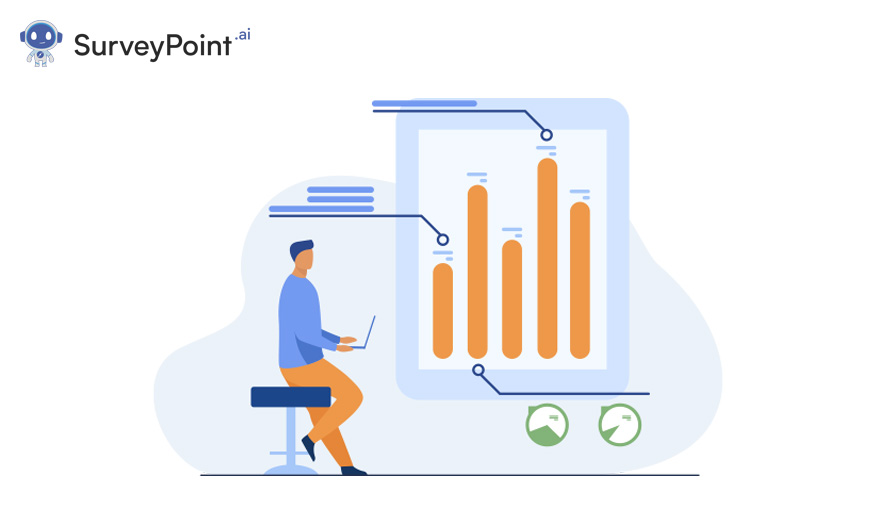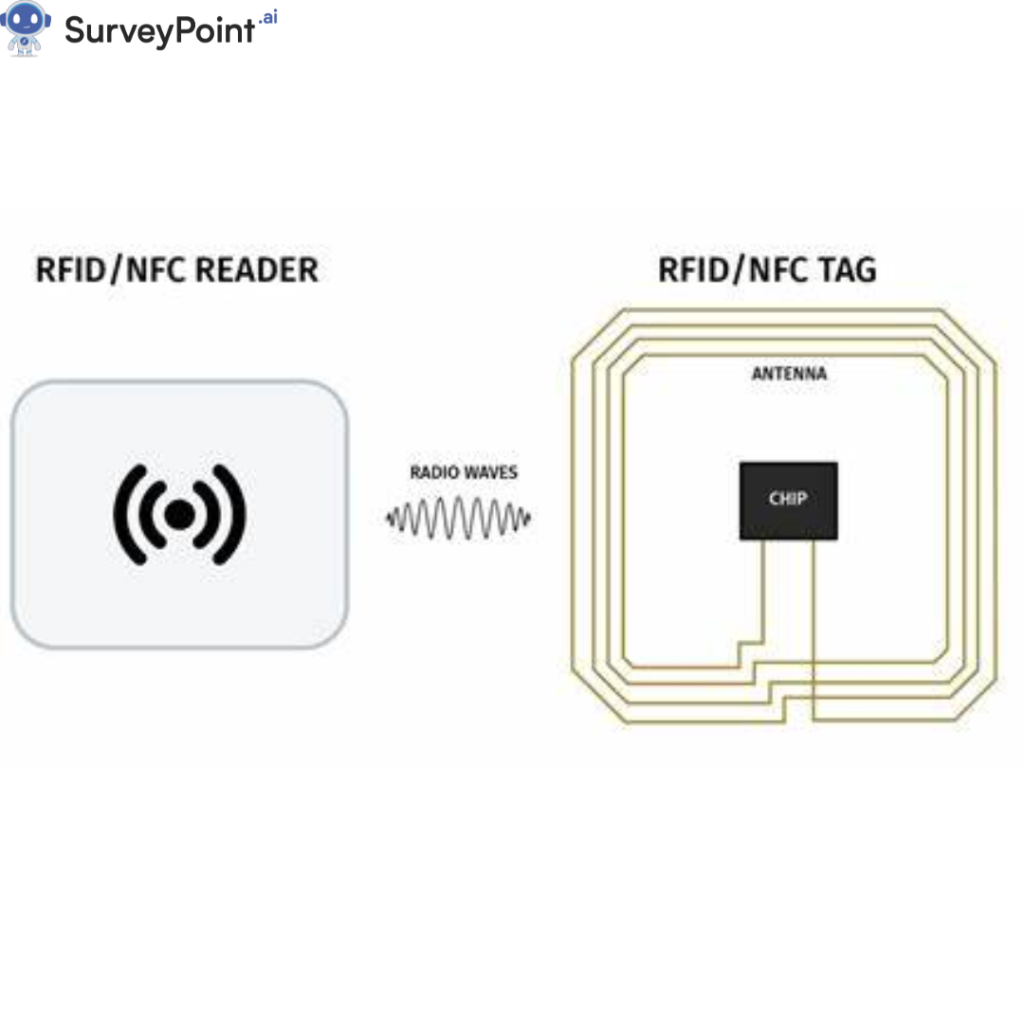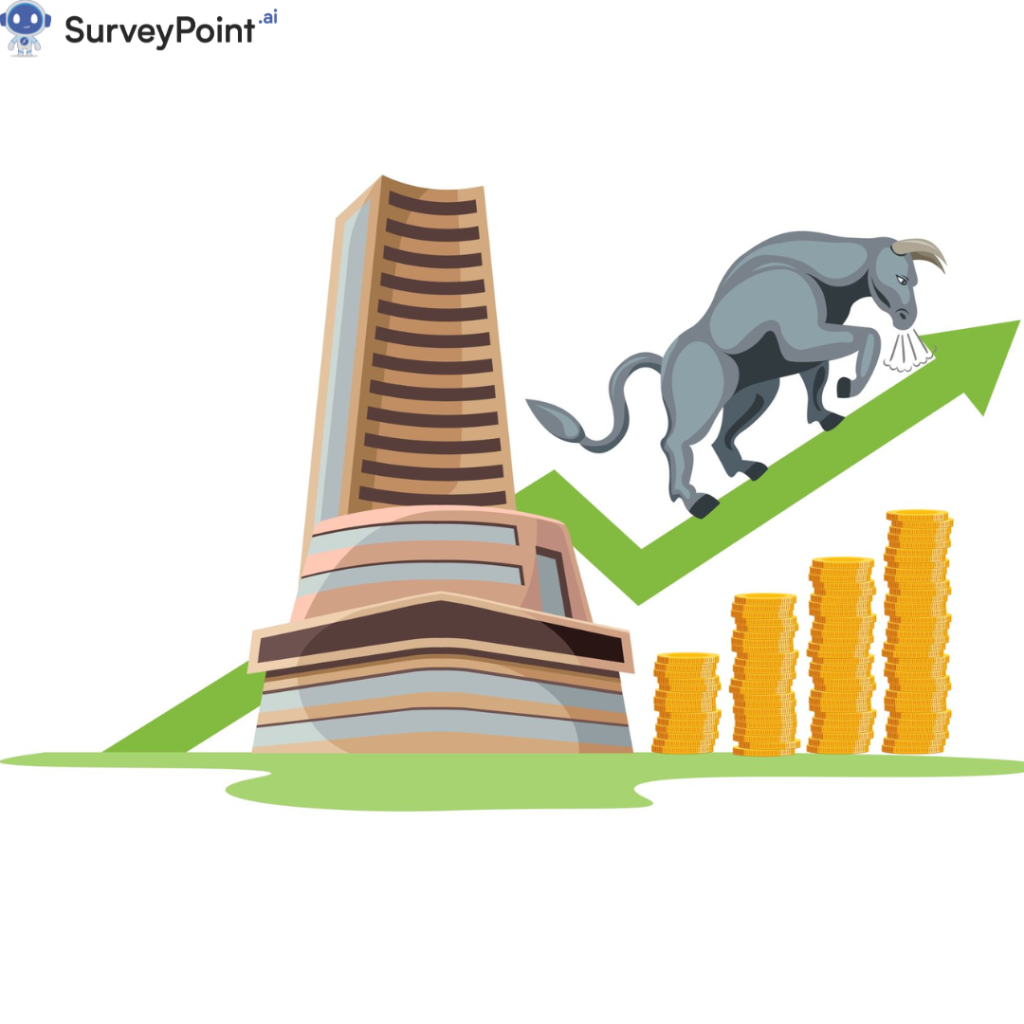
Environmental analysis is used to analyze internal and external factors impacting a business. Internal factors include inherent strengths and weaknesses. External factors include threats and opportunities. Businesses can use environmental analysis to reduce threats or take advantage of opportunities in the future. It helps business leaders anticipate and plan the trajectory of business growth and development accordingly.
Businesses also use environmental analysis to plan marketing and product development strategies. Factors such as regulatory control, interest rates, competition, employee performance, internal management, etc., play a huge role in determining business success. In order to remain viable and relevant in the market, a business needs timely and extensive information about these factors.
Steps For Conducting An Environmental Analysis
- Identify relevant factors
One needs to identify relevant environmental factors depending on industry and market trends. For example, regulatory control over the finance and the pharma industry majorly determine the success and failure of businesses.
However, software products do not face the same level of regulatory control. That’s why factors like regulatory control and interest rates have a varying impact on businesses depending on the industry. Depending on the industry and business model, relevant factors should be identified.
- Collect information
Once relevant factors are identified, one must collect information about the chosen characteristics. This stage aims to gather verbal and written data about the factors.
Reading newspapers, blogs, magazines, books, and other written materials can provide verbal data as well as written data. From the preceding example, if one has to collect data about regulatory control, one can listen to interviews of regulators and government officials to gather verbal data and read newspapers to gather written data about policy changes.
- Evaluate Competitors
Competitors are businesses targeting the same market and customer base as one’s own business. The biggest threats to businesses often come from new and emerging competitors.
Competitor research can help a business anticipate and plan for such challenges so that they don’t lose its market share to competitors. Analyzing the business activity of competitors can significantly help a business plan its future strategy.
- Predict factor impact
Some factors impact a business more than others. As long as one is aware of relevant factors and competitors, one can predict how these factors will affect the business.
For example, if a competitor is expanding their businesses aggressively, they may gain a greater market share in a shorter time. As inflation rises, capital costs and interest rates may also increase. The business should anticipate the effects of these factors in advance.
- Strategize
By using all relevant data and insights from the impact forecast, one can finally devise a coherent strategy. You can access your current strategy by analyzing your environment and making appropriate changes.
RELATED: Using Psychographic Segmentation To Reach Potential Customers
Benefits of Environmental Analysis
- Future Prediction
Businesses are subject to volatility because of internal and external changes. But environmental analysis can help predict future threats and opportunities for businesses to prepare for. Thus, businesses can be in a better position to deal with volatility.
RELATED: An Effective Research Strategy for Business Uncertainty
- Threat Recognition
Running a business is challenging, but even more so if unexpected threats arise. Threat prediction and recognition become vital parts of keeping a business afloat. Using environmental analysis is a valuable tool for companies to predict the danger and prepare for it in advance to mitigate it.
- Achieving Goals
If you want to know if your firm is successful, you must set and meet realistic goals. Analysis of the surrounding environment helps company executives set meaningful objectives and reasonable targets. Having accurate goals in place and working toward them on time is greatly aided by this.
- Increasing Efficiency
Analysis of internal factors helps a business identify weaknesses and work on remedial measures to improve efficiency. Inefficient work increases the cost of operations, and delays desired results. Therefore, environmental analysis can revolutionize any business by increasing efficiency.
RELATED: Market Positioning Strategies: Fundamentals, Types and Examples
Tools Of Environmental Analysis
Environment analysis can be conducted using a variety of tools or frameworks. Below are a few of these tools.
PESTEL Analysis
Basically, it’s a macro-level analysis of different factors affecting a business in a specific industry. It is mainly concerned with external factors of environmental analysis. PESTLE analysis consists of the following components:
- Political
- Economic
- Social
- Technological
- Environmental
- Legal
Political
Transformations in a government’s leadership can have far-reaching effects on the economy. Businesses may be affected by alterations in tariffs, taxes, compliance standards, etc. Foreign investment and trade in a country are both affected by its political stability, which in turn affects the businesses operating there.
Economic
Businesses operating in a particular country are affected by the country’s economic climate and the government’s economic policies. When deciding whether or not to conduct business in a particular nation, companies must consider the state of their economy.
Social
With each generation, demographic and preferential changes occur in society. Businesses must consider these changes if they want to stay viable and relevant.
Technological
Developments in technology have a huge impact on businesses. Businesses need to learn and embrace new technologies to stay ahead of their competition and improve efficiency.
Environmental
Climate and weather changes can drastically affect a business’s logistics and supply chain. Taking environmental factors into account thus becomes essential.
Legal
Compliance laws change in states and countries from time to time. Legal challenges should always be considered as a business plans to expand or if there are changes in political leadership.
SWOT Analysis
SWOT analysis considers a business’s Strengths, Weaknesses, Opportunities, and Threats. Strengths and Weaknesses include internal competence and problems. In contrast, Threats and Opportunities include external problems and potential chances of profit or growth.
SWOT analysis gives a comprehensive picture of what a business lacks and should focus on to mitigate threats and benefit from opportunities.
Final Word
To a large extent, the company’s success is influenced by external forces in its industry. In order to understand the impact of external influences on your company, you must do an environmental study. A company can examine external effects by doing a PESTLE analysis. Tools like this are used by many businesses, large and small, before embarking on strategic shifts like horizontal integration or even just exploring new areas of business.
Thanks to analytics, revenue, profitability, and overall business success can all be better understood. Using environmental analysis, you can better assess potential outcomes for your business. A business’s nature will determine what kind of environmental study you should conduct.
Ready To Future-Proof Your Business?
Sign-up for a FREE account and get a sneak peek into our intuitive survey dashboard panel.
Free Trial•No Payment Details Required•Cancel Anytime




